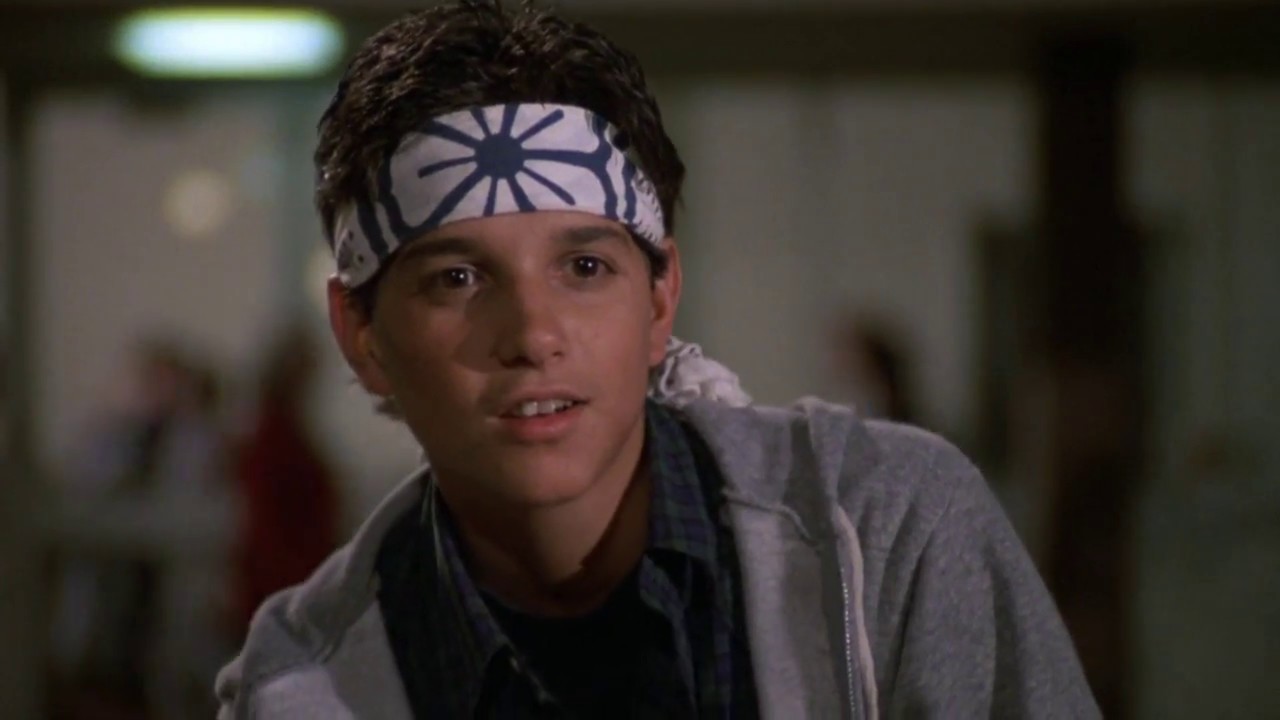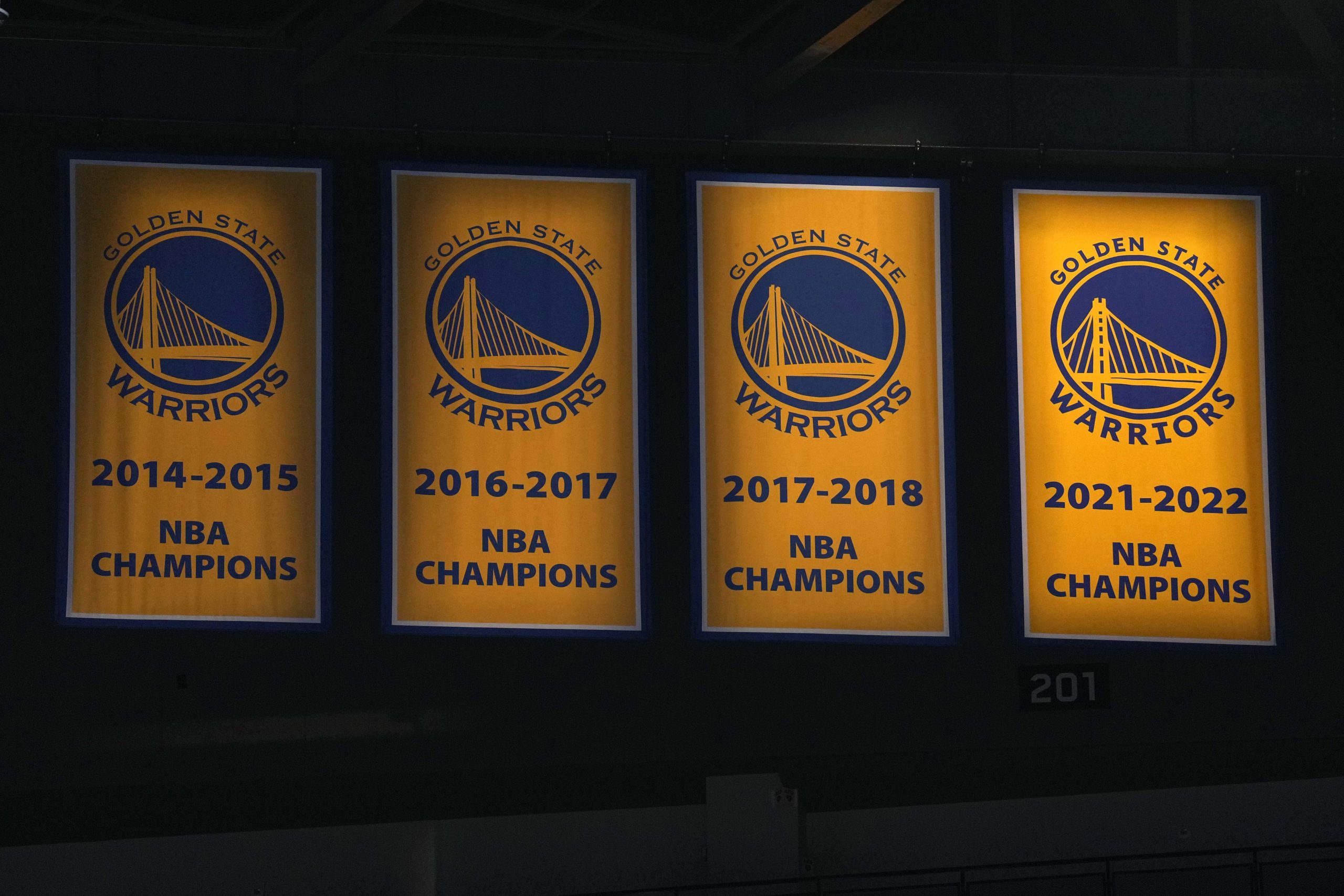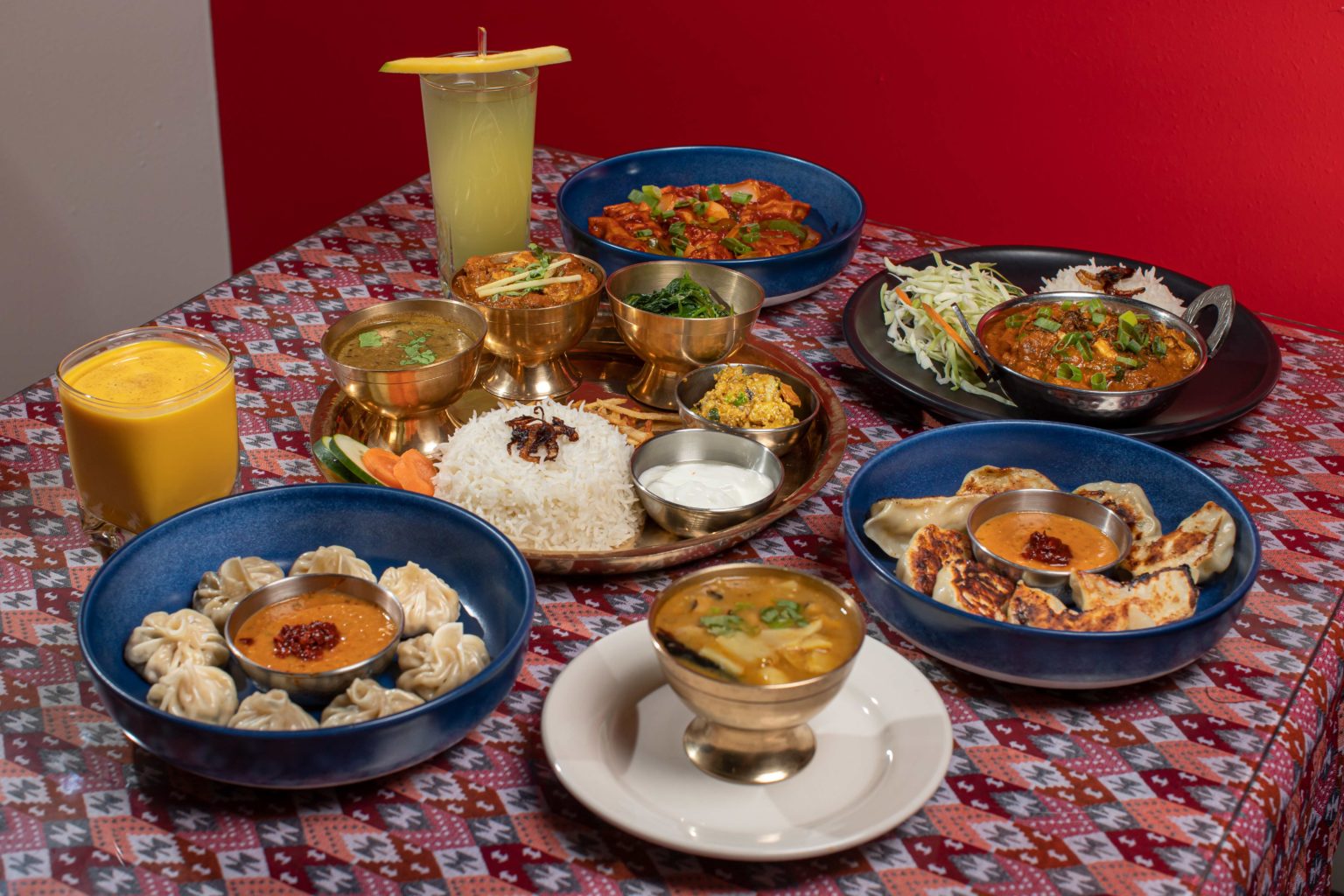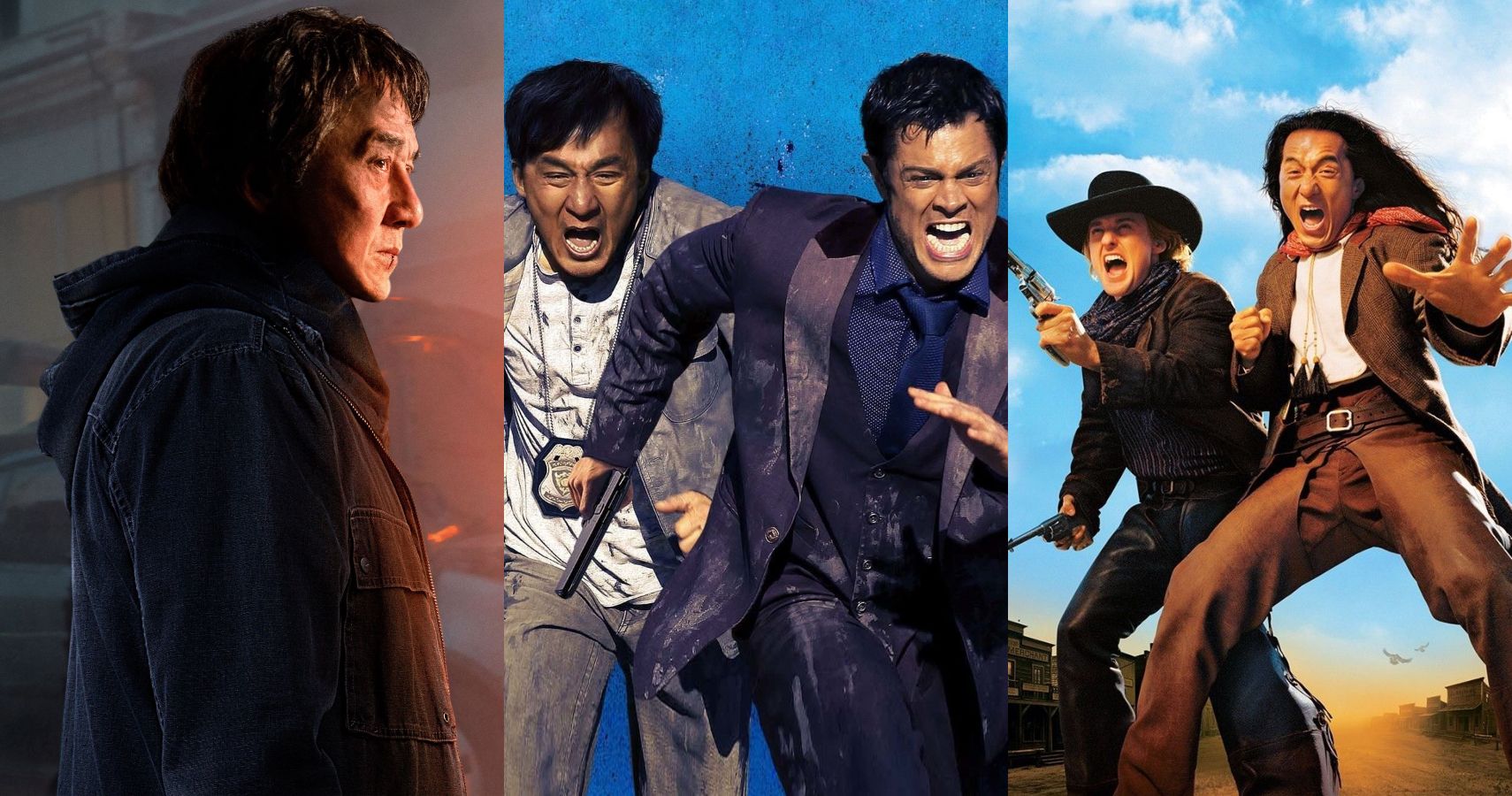Reviewing The Karate Kid Part II: Legacy And Cultural Impact

Table of Contents
Expanding the Karate Kid Universe: Building on the Original's Success
The Karate Kid Part II masterfully expanded the universe established in the first film. It didn't simply rehash the original's formula; instead, it took the core themes of perseverance, self-discovery, and mentorship and enriched them with new layers of complexity. This sequel successfully broadened the narrative scope in several key ways:
- Introduction of new characters and settings: The move to Okinawa, Japan introduced vibrant new characters like Kumiko and the antagonist, Chozen Toguchi. This change of scenery provided a stunning backdrop and allowed for exploration of a different cultural context.
- Expansion of Mr. Miyagi's backstory and personal conflicts: The sequel revealed more about Mr. Miyagi's past, his connection to Okinawa, and the lingering emotional baggage he carried. This added depth to his character, making him more relatable and human.
- Exploration of different styles of karate and fighting philosophies: The film showcased different styles of karate, highlighting the nuances and philosophies behind each. This enriched the action sequences and added intellectual depth to the martial arts aspect.
- Maintaining the core themes of perseverance, self-discovery, and mentorship: While introducing new elements, the film stayed true to the original's heart, reinforcing the importance of perseverance, self-discovery, and the powerful bond between mentor and student.
A Deeper Dive into Japanese Culture and Okinawa
The Karate Kid Part II offered a significant introduction of Japanese culture, particularly Okinawan culture, to a global audience. While some interpretations of the film have raised concerns about potential cultural misrepresentation or the perpetuation of stereotypes, its impact on shaping perceptions of Okinawa and Japan cannot be ignored.
- Authentic portrayal of Okinawan traditions: The film showcased Okinawan traditions such as kobudo (Okinawan martial arts), local festivals, and family dynamics, offering a glimpse into the richness of the island's culture.
- Potential for cultural misrepresentation or stereotypes: Modern critical perspectives sometimes highlight potential stereotypes or oversimplifications of Okinawan and Japanese culture. A nuanced discussion acknowledges both the film's positive contributions and areas where it might fall short of a completely accurate representation.
- The film's role in introducing Japanese culture to a global audience: For many viewers, The Karate Kid Part II served as their first exposure to aspects of Japanese and Okinawan culture. This exposure, despite its limitations, undeniably broadened perspectives for a global audience.
- The impact of showcasing Okinawa's beauty and unique cultural identity: The breathtaking Okinawan landscapes and the portrayal of its unique cultural identity undoubtedly played a role in increasing tourism and raising awareness of the island's beauty and significance.
The Legacy of Mr. Miyagi and the Mentor-Student Dynamic
Mr. Miyagi, portrayed by the iconic Pat Morita, transcends the role of a simple martial arts instructor. He embodies wisdom, patience, and unwavering support, representing the ideal mentor figure. His relationship with Daniel LaRusso, evolving and deepening in The Karate Kid Part II, exemplifies a timeless archetype.
- Mr. Miyagi's wisdom and life lessons – their lasting influence: Mr. Miyagi's teachings extend far beyond karate, offering profound life lessons about perseverance, self-belief, and respect for others. These lessons have resonated deeply with audiences across generations.
- The evolution of their relationship in this sequel – increased emotional depth: The sequel explores a more mature and emotionally complex relationship between Mr. Miyagi and Daniel, showcasing the mentor's vulnerability and deepening their bond.
- The mentor-student dynamic as a timeless archetype in cinema: The Mr. Miyagi and Daniel relationship cemented the mentor-student dynamic as a powerfully compelling narrative in cinema, influencing countless films and stories that followed.
- Mr. Miyagi's portrayal as a complex and nuanced character beyond the initial 'wise old man' trope: While initially appearing as a wise old man, the film gradually reveals Mr. Miyagi's own struggles, vulnerabilities, and personal history, showcasing a level of depth rare for characters of that type.
The Film's Lasting Influence on Popular Culture
The Karate Kid Part II didn't just entertain; it left an undeniable mark on popular culture, influencing subsequent films, television, and broader cultural conversations.
- Impact on the action genre, particularly martial arts films: The film contributed significantly to the popularity of martial arts films in the 1980s and beyond, shaping the genre's aesthetics and storytelling techniques.
- Its contribution to the broader cultural conversation about mentorship and self-improvement: The film's focus on mentorship and self-improvement sparked widespread conversations about these crucial themes, inspiring audiences to reflect on their own relationships and personal growth.
- Its enduring popularity and its continued relevance to modern audiences: The Karate Kid Part II continues to resonate with audiences today, demonstrating its enduring appeal and timeless themes.
- The film's legacy in sparking conversations about cross-cultural understanding and representation: The film's exploration of cross-cultural themes continues to encourage dialogue about intercultural understanding, representation, and the challenges and rewards of navigating different cultural contexts.
The Karate Kid Part II and the Rise of the Martial Arts Film Genre
The Karate Kid Part II's success, along with the original film, undeniably fueled the rise of martial arts films in the 1980s and beyond. Its blend of action, drama, and cultural elements set a new standard for the genre, influencing numerous subsequent films and impacting how martial arts were portrayed on screen. The film's popularity helped to normalize and popularize the martial arts genre for a wider audience, paving the way for future hits in the field.
Conclusion
The Karate Kid Part II stands as a testament to the power of cinematic storytelling. Its enduring legacy stems from its masterful expansion of the original’s universe, its insightful exploration of Japanese culture, and the indelible impact of the Mr. Miyagi character. This sequel not only built upon the success of the first film but also enriched its themes, exploring new layers of emotional depth and cultural understanding. The film’s influence on the martial arts genre and broader cultural conversations about mentorship and cross-cultural interaction is undeniable.
Rewatch The Karate Kid Part II today and consider its continued relevance. Discuss its lasting cultural impact and its place within the broader Karate Kid franchise. Share your perspectives on The Karate Kid Part II and its legacy using #TheKarateKidPartII #KarateKidLegacy #80sMovies. Let's continue the conversation about this enduring cinematic masterpiece and its multifaceted impact.

Featured Posts
-
 Fly Direct From Stansted To Casablanca Booking Information And Details
May 07, 2025
Fly Direct From Stansted To Casablanca Booking Information And Details
May 07, 2025 -
 Heat Vs Cavaliers Prediction Game 1 Playoffs Best Bets And Picks
May 07, 2025
Heat Vs Cavaliers Prediction Game 1 Playoffs Best Bets And Picks
May 07, 2025 -
 Golden State Warriors Maintaining Their Message Against The Rockets
May 07, 2025
Golden State Warriors Maintaining Their Message Against The Rockets
May 07, 2025 -
 Where To Invest Mapping The Countrys Hottest New Business Locations
May 07, 2025
Where To Invest Mapping The Countrys Hottest New Business Locations
May 07, 2025 -
 The Unexpected Powerhouse Jackie Chans Best Character Emerges From A Surprising Flop
May 07, 2025
The Unexpected Powerhouse Jackie Chans Best Character Emerges From A Surprising Flop
May 07, 2025
